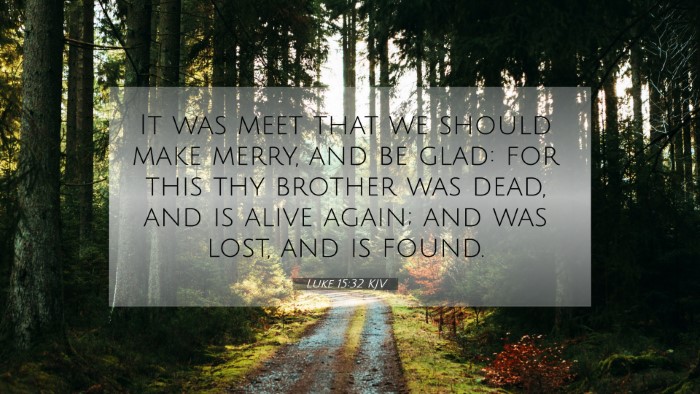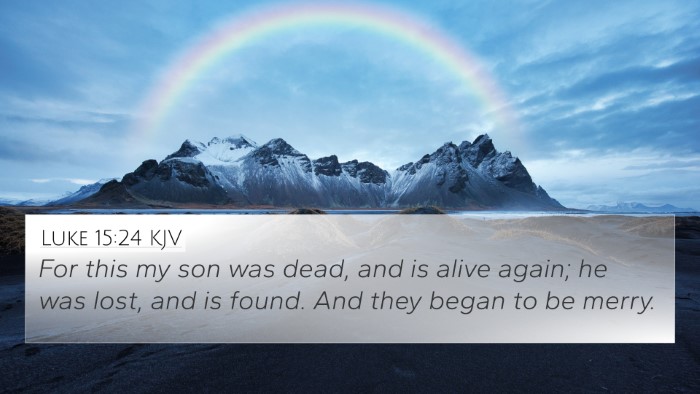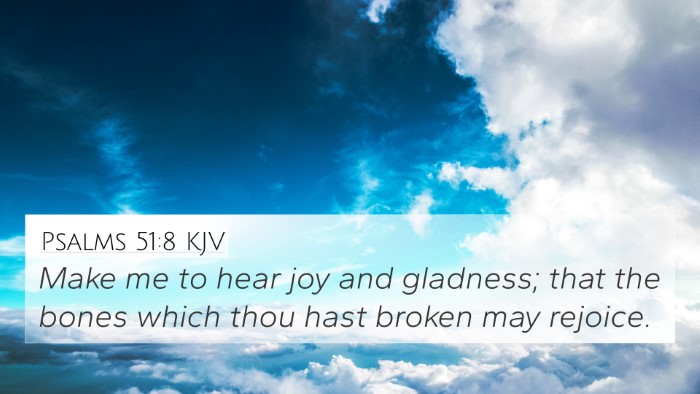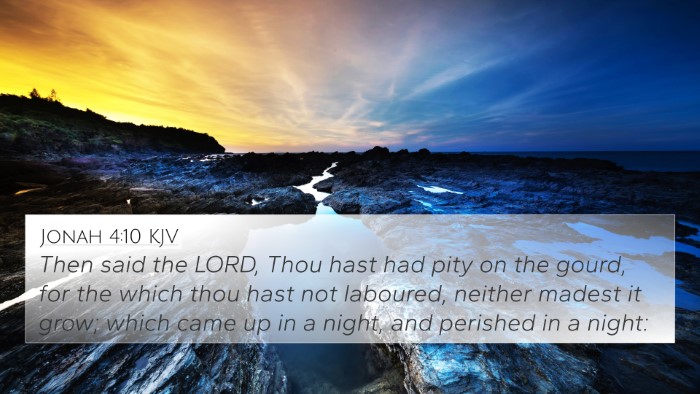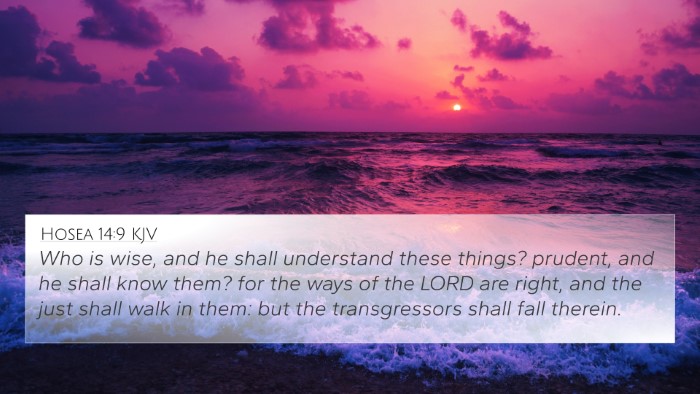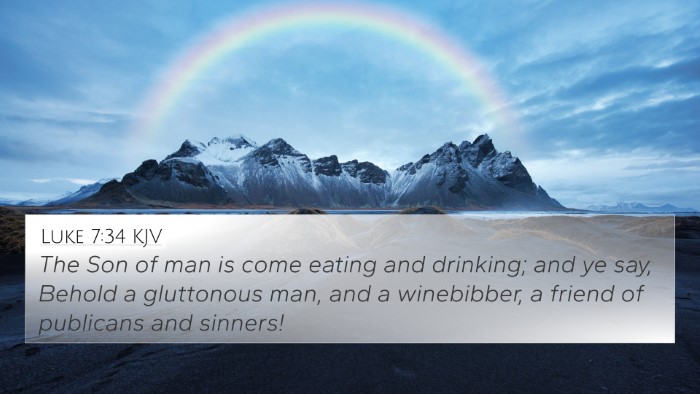Understanding Luke 15:32
Luke 15:32 states:
"But it was fitting to celebrate and be glad, for this your brother was dead, and is alive; he was lost, and is found."
This verse captures a crucial moment in the parable of the Prodigal Son, revealing deep themes of forgiveness, repentance, and the joy of restoration. The verse occurs as the father explains to the elder son the necessity of celebrating the return of his younger sibling, emphasizing the relational dynamics within the family and the broader implications of reconciliation.
Insights from Public Domain Commentaries
Combining insights from notable commentaries enhances our understanding of this verse:
-
Matthew Henry:
Henry emphasizes the concept of joy in the midst of lost and found. He reflects on the father’s compassion and the importance of rejoicing over repentance. The father's reaction illustrates God's grace, which is extended to all who return, regardless of their past transgressions.
-
Albert Barnes:
Barnes focuses on the idea that celebrating the return of the lost is a rightful and necessary act. He argues that this rejoicing signifies the nature of God's love for sinners, revealing a picture of divine grace that welcomes back those who stray.
-
Adam Clarke:
Clarke interprets this as a vivid demonstration of familial love and forgiveness. His commentary points to the joy that arises not just from the return of the lost but also from the restoration of relationships, reinforcing the role of reconciliation in human interactions.
Thematic Connections and Cross-References
Several Bible verses resonate with the themes in Luke 15:32, enhancing our understanding through inter-Biblical dialogue:
- Luke 15:7: "Just so, I tell you, there will be more joy in heaven over one sinner who repents than over ninety-nine righteous persons who need no repentance."
- Matthew 18:12-13: The parable of the lost sheep illustrates the same idea of rejoicing over what was lost and found.
- John 3:16: "For God so loved the world, that he gave his only Son, that whoever believes in him should not perish but have eternal life," highlighting God’s love and the motivation behind forgiveness.
- Romans 5:6-8: "For while we were still weak, at the right time Christ died for the ungodly... but God shows his love for us in that while we were still sinners, Christ died for us."
- 2 Corinthians 5:17: "Therefore, if anyone is in Christ, he is a new creation. The old has passed away; behold, the new has come!" This reflects the transformation that arrives with repentance.
- Acts 3:19: "Repent therefore, and turn back, that your sins may be blotted out," reinforces the joy of turning back to God.
- 1 John 1:9: "If we confess our sins, he is faithful and just to forgive us our sins and to cleanse us from all unrighteousness," illustrating the promise of forgiveness.
Key Themes in Luke 15:32
The major themes found in Luke 15:32 are:
- Forgiveness and Reconciliation: The joyful acknowledgment of the younger son’s return marks a pivotal moment of healing.
- Joy in Repentance: The text encourages understanding the significance of rejoicing when the lost are found.
- Family Dynamics: The dynamics between the father and the two sons reflect broader relationships and the complexities of love and jealousy.
Conclusion
Luke 15:32 serves as a poignant reminder of God's infinite grace, the joy of reconciliation, and the importance of relationships. Understanding this verse provides valuable insights into the character of God and His desire for humanity to return to Him, highlighting the transformative power of repentance. As we explore connections between Bible verses, we gain deeper comprehension and appreciation for scriptural teachings, enriching our journey of faith.
Further Study
Utilizing tools for Bible cross-referencing helps in identifying and exploring more connections between scriptural texts. A Bible concordance or guide can assist in tracing these themes throughout the scriptures, enhancing one’s understanding and offering enriched contexts for sermon preparation, personal reflection, and group study.


